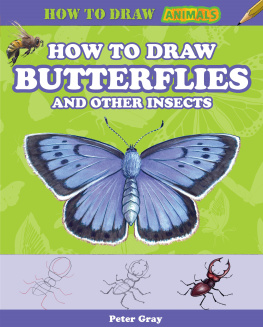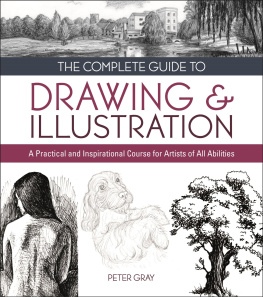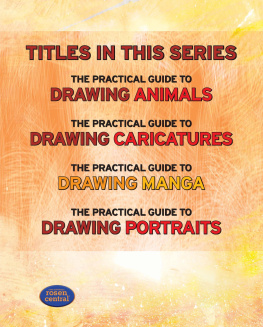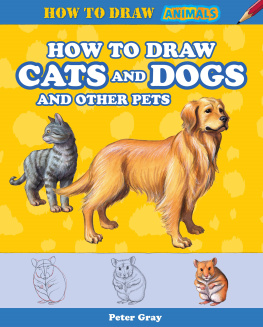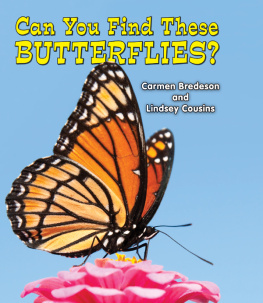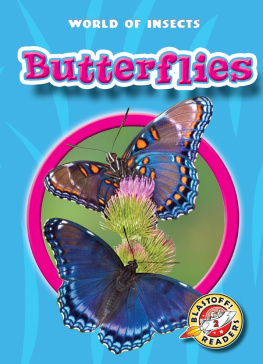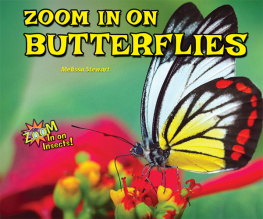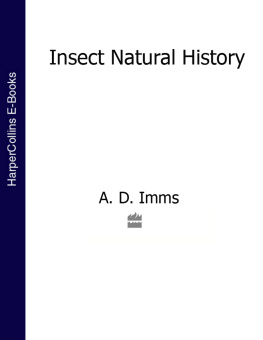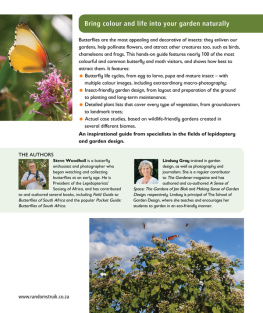Table of Contents
HOW TO DRAW ANIMALS
Peter Gray
BUT TERFLIES
and Other Insects
How to Draw
Published in 2014 by The Rosen Publishing Group, Inc.
29 East 21st Street, New York, NY 10010
Copyright 2014 Arcturus Publishing Ltd.
All rights reserved. No part of this book may be reproduced in any form without permission in writing
from the publisher, except by a reviewer.
Illustrations: Peter Gray
Editors: Joe Harris and Nicola Barber
U.S. Editor: Joshua Shadowens
Design: sprout.uk.com
Cover design: sprout.uk.com
Library of Congress Cataloging-in-Publication Data
Gray, Peter, 1969
How to draw butteries and other insects / by Peter Gray.
pages cm. (How to draw animals)
Includes index.
ISBN 978-1-4777-1299-3 (library binding) ISBN 978-1-4777-1409-6 (pbk.) ISBN 978-1-4777
1410-2 (6-pack)
1. Insects in art. 2. DrawingTechnique. I. Title.
NC783.G73 2014
743.657dc23
2012047580
Printed in China
SL002499US
CPSIA Compliance Information: Batch #AS3102PK: For Further Information contact Rosen
Publishing, New York, New York at 1-800-237-9932
CONTENTS
The Basics
Tips and Tricks
Buttery
Stag Beetle
Cricket
Honeybee
A Country Scene
Glossary
Further Reading
Websites
Index
You should start your drawings
with simple guidelines before
eshing them out with detail.
Build up the
general shape
of your subject
with guidelines.
I have drawn the
guidelines quite heavily to make them
easy to follow, but you should work
faintly with a hard pencil.
For a bold look, go over the
outlines with ink. Wait for the
ink to dry thoroughly, then
erase all the pencil marks.
The easiest inking
method is to use
a felt-tip pen.
If you plan to
add paint at a
later stage, make
sure your pen
is waterproof.
For a more graceful effect, use
a ne-tipped watercolor brush
dipped in ink.
Use a softer pencil to develop the character
and details. You may nd that you do not
follow the guidelines exactly in places.
Thats nethey are only a rough guide.
Carefully erase the guidelines and
mistakes. Then add shading and texture
with a soft pencil.
DRAWING
INKING
Felt-tip pen outlines
Guidelines
Detail
Shading and texture
Brush outlines
THE BASICS
Colored pencils are the easiest coloring
tools to use, but you have to take great
care to blend the colors to achieve a
good nish.
Felt-tip pens produce bright, vibrant
colors. Work quickly so that the pen
strokes do not remain visible.
The subtlest effects can be achieved
with watercolor paints. It is best to
buy watercolor paints as a set of solid
blocks that you wet with a brush. Mix
the colors in a palette or on an old
white plate.
Although I use watercolors in
this book, the main principles
are the same for any materials.
Start with the shading, then
add in markings and textures,
and nally, work your main
colors over the top.
COLORING
Colored pencils
Felt-tip coloring
Watercolors
TIpS AND TRICKS
BODY pARTS
Before starting to draw
insects, it is very useful
to look closely at
the construction
of their bodies.
The wings are in pairs, with the front
wings larger than the rear. They are also
joined to the thorax.
Insects have six legs. In many insects,
the legs are joined to the body at the
thorax, but beetles have legs joined to
the abdomen. The legs are made up of
several separate parts ending in very
ne claws.
Insects bodies have three sections: the
head, the thorax (middle section), and
the abdomen (rear part).
WASp FACE
Insects usually have large eyes that sit
apart on the front of the head.
The antennae come out of the forehead
between the eyes. The mouthparts are
jointed at the sides, so that the jaws
move from side to side.
Head
Thorax
Abdomen
Antennae
Mouthparts
SHADE AND SHINE
With neither shade nor
highlights, this ladybug
looks at and dull, despite
its bright coloring.
Here I lifted off the paint
using a wet brush and
a clean tissue to create
highlights. But you cant
do this on the black,
inked areas.
Apply shading underneath
the main color. The
shading need not be
grayyou can use a
neutral version of the
main color.
Adding chalk or pastel
highlights on top of a
colored drawing can
give good results, but it
can be difcult to control
the ne details.
The simplest way to make
highlights is to leave parts
of the drawing uninked
and unpainted, but you
need to plan this carefully.
The best method for
adding highlights is using
white ink and a ne-tipped
brush. You can water
down the ink for a more
subtle sheen.
To show an insects shiny surface, you will
need to use highlights. You will also need
to apply shading to capture the effect of the
insects round body.
There are many thousands of different types of buttery, and
they live in nearly all parts of the world. The striking shapes,
colors, and patterns of their wings have inspired some beautiful
buttery names, such as painted ladies, hairstreaks, coppers,
metalmarks, and swallowtails.
BUTTERFLY
Butteries are
symmetrical down a
center line, so a grid is a
helpful guide to start your picture.
Use a ruler to draw two squares
side by side. The center line is
where the squares meet. Then
draw more guidelines inside the
boxes as shown. The lines do not
have to be exact, so long as they
are the same on each side.
Working on either side
of the center line, sketch
in the three parts of the
butterys body (head, thorax,
and abdomen). Add the wing
shapes with curves that t inside
the grid guidelines.
Draw the divisions
between the wings,
and then add the
outlines of the wing markings,
branching out smoothly from
the thorax. I decided to draw
the two antennae at slightly
different angles, to break up the
symmetry a little.
Work on the wing
markings and the
outer shapes of the
wings. Then add some detail to
the head and mark the curved
divisions along the abdomen.
The grid lines will help

